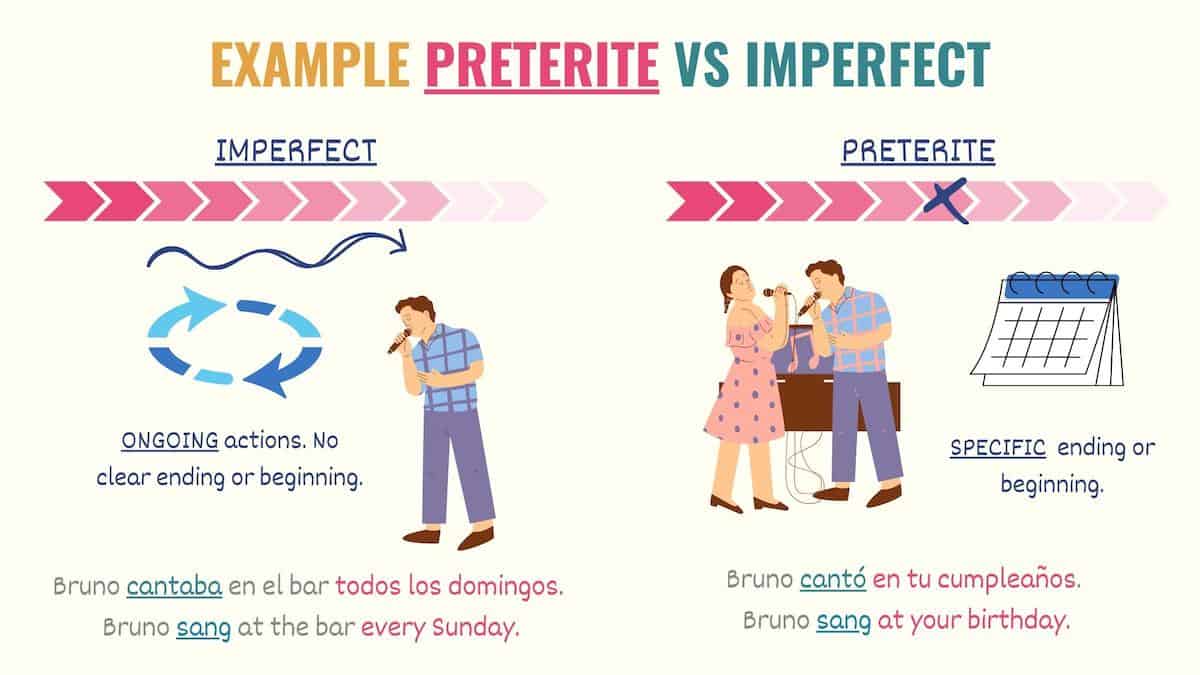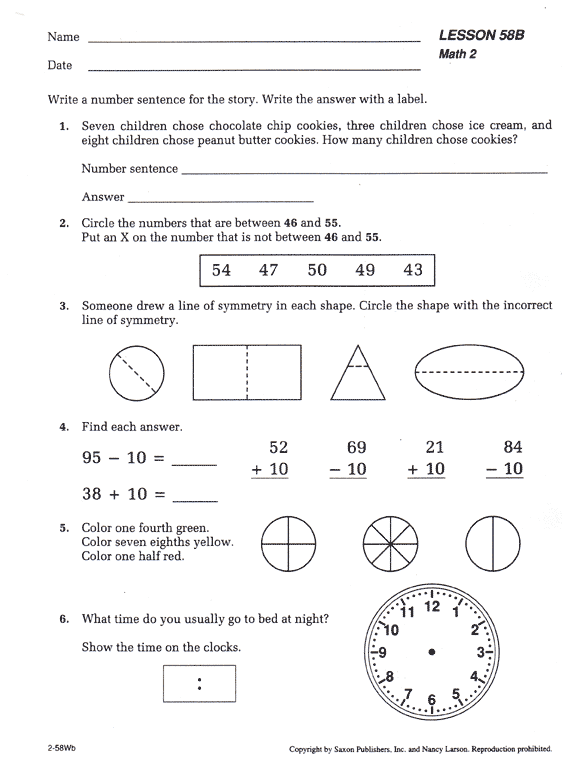Preterite vs Imperfect: Master Spanish Tenses Easily

Learning Spanish is an exhilarating journey, especially when you master the nuances of its verb conjugations and tenses. Two tenses that often confuse learners are the preterite and the imperfect. These tenses are crucial for expressing actions in the past, yet they have distinct uses that can greatly impact the meaning of a sentence. In this post, we'll explore these differences in depth, offering you a comprehensive guide to mastering preterite vs. imperfect.
The Basics of Preterite and Imperfect

Before diving into the specific applications, let’s establish the foundational differences:
- Preterite (Pretérito perfecto simple): Used for completed actions in the past, often with a specific beginning and end.
- Imperfect (Pretérito imperfecto): Utilized for ongoing or habitual actions in the past without a defined endpoint.
Here's a simple table to differentiate the primary uses of each tense:
| Preterite | Imperfect |
|---|---|
| Completed Actions | Ongoing or habitual actions |
| Specific Time or Date | Indefinite or Unknown Time |
| Action as a Whole | Background Information |

When to Use the Preterite

Use the preterite tense when:
- You're talking about actions that started and finished in the past with a clear endpoint:
- "Ayer comí una manzana" - Yesterday I ate an apple.
- The action interrupts another action:
- "Él llegó mientras estábamos comiendo" - He arrived while we were eating.
- You're describing a series of completed actions in the past:
- "Ella se levantó, se duchó y salió" - She got up, took a shower, and left.
- An event happened a specific number of times:
- "Fui al parque tres veces la semana pasada" - I went to the park three times last week.
❗ Note: Remember that the preterite describes actions as complete, often giving a sense of finality.
When to Use the Imperfect

Employ the imperfect tense when:
- Discussing past states or conditions:
- “El tiempo era frío” - The weather was cold.
- Describing habitual or repeated actions in the past:
- “Cuando era niño, jugaba al fútbol todos los días” - When I was a child, I used to play soccer every day.
- Setting the scene or providing background information:
- “Era una noche oscura y tormentosa” - It was a dark and stormy night.
- Describing simultaneous past actions:
- “Mientras ella cantaba, él tomaba fotos” - While she sang, he was taking photos.
Interchangeability and Overlap

There are situations where the preterite and imperfect can be used interchangeably:
- With verbs of emotion or physical state, which can sometimes be instantaneous (preterite) or longer-lasting (imperfect):
- “Ella tuvo miedo/ella tenía miedo” - She was afraid.
- When setting up a narrative context or providing background:
- “Era una vez un rey que tenía tres hijas” - Once upon a time, there was a king who had three daughters.
Common Pitfalls and Tips

Here are some common errors and tips to help you:
- Avoid using the preterite for actions you cannot pinpoint in time: If you’re talking about general past states or ongoing actions, the imperfect is better.
- Use preterite when the focus is on the action itself: For actions that are the main focus of the sentence, the preterite works.
- Remember ‘set phrases’: Some phrases always use the imperfect, like “solía” for “used to”:
- “Siempre solía correr en la mañana” - He always used to run in the morning.
Practice Examples

Here are some examples to practice:
- “Cuando yo ______ (arrive) a la fiesta, mis amigos ya ______ (leave).” - Which tenses would you use here?
- “Ella ______ (read) un libro cuando ______ (receive) la noticia” - Describe this scenario using both tenses.
✅ Note: Practice is key. Try to write your own sentences using the preterite and imperfect to reinforce your understanding.
Wrapping Up

Understanding when to use the preterite versus the imperfect is pivotal for fluid communication in Spanish. Remember, the preterite conveys completion, while the imperfect offers context or describes the scene. By recognizing these differences and practicing with real-life examples, you’ll gradually become more adept at selecting the right tense. Keep in mind the set phrases, common pitfalls, and the nuances of each tense to better your Spanish storytelling abilities. Enjoy your journey in mastering these essential Spanish tenses!
Can I use both tenses in one sentence?

+
Yes, it’s common to use the preterite for one action and the imperfect for another in the same sentence to show how events unfold. For example, “Cuando llegué (preterite), estaba lloviendo (imperfect).” - When I arrived, it was raining.
How do I know if I should use ‘saber’ or ‘conocer’ in the imperfect?

+
‘Saber’ in the imperfect form (‘sabía’) is used to talk about knowledge, facts, or information that was ongoing or indefinite. ‘Conocer’ in the imperfect (‘conocía’) refers to knowing or being acquainted with someone or something over time.
What are some common verbs that have stem changes in the preterite?

+
Some verbs with stem changes in the preterite include ‘dormir’ (dormí, dormiste, etc.), ‘leer’ (leí, leíste, etc.), and ‘pedir’ (pedí, pediste, etc.). These changes can be irregular or follow patterns like e > i, or o > u.



